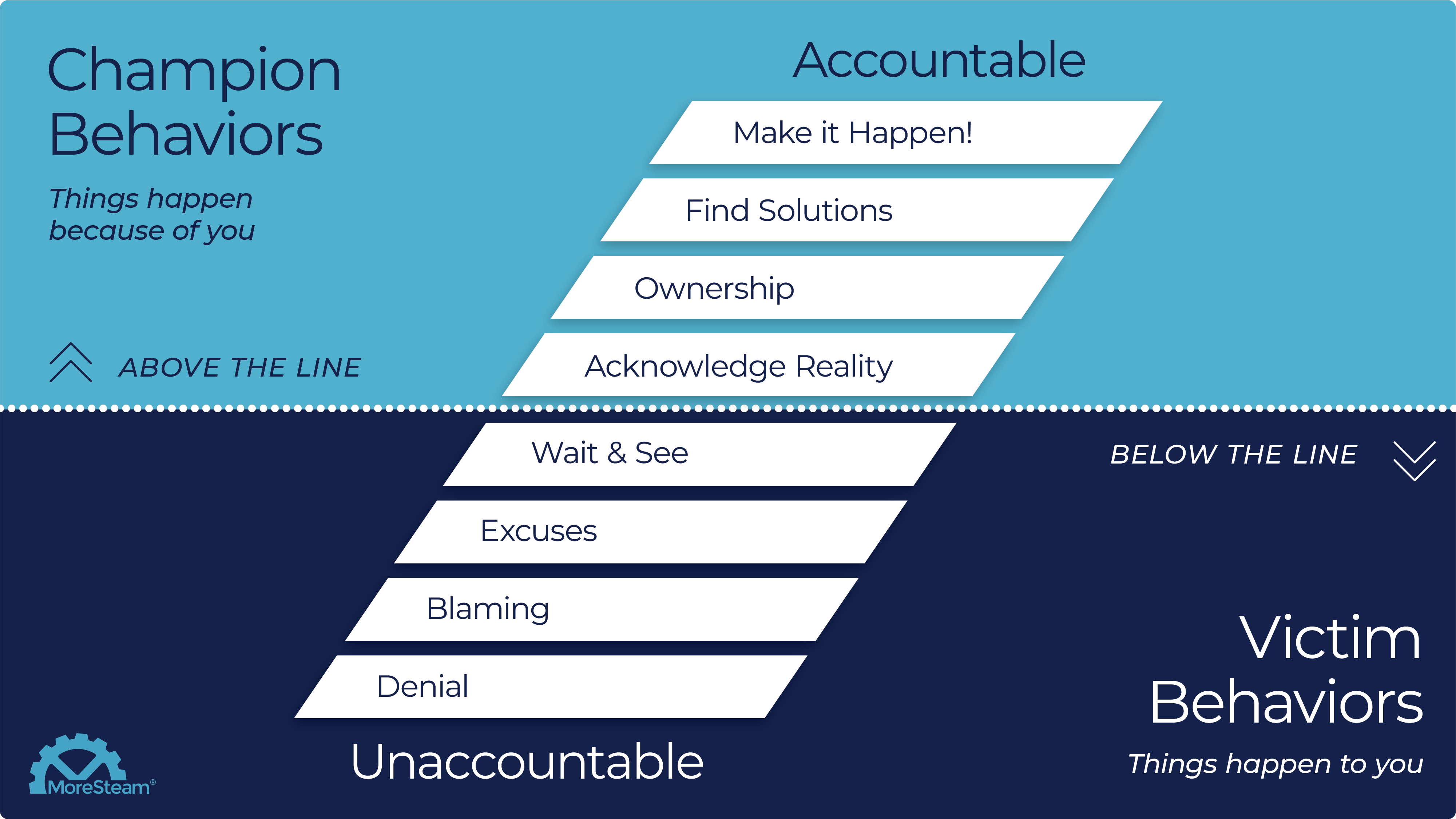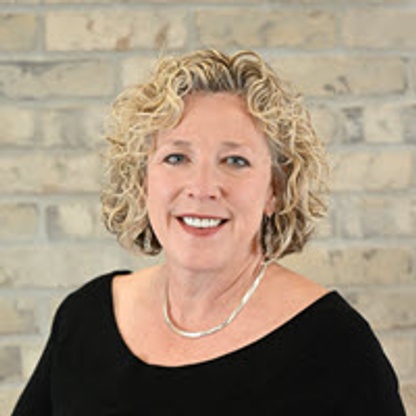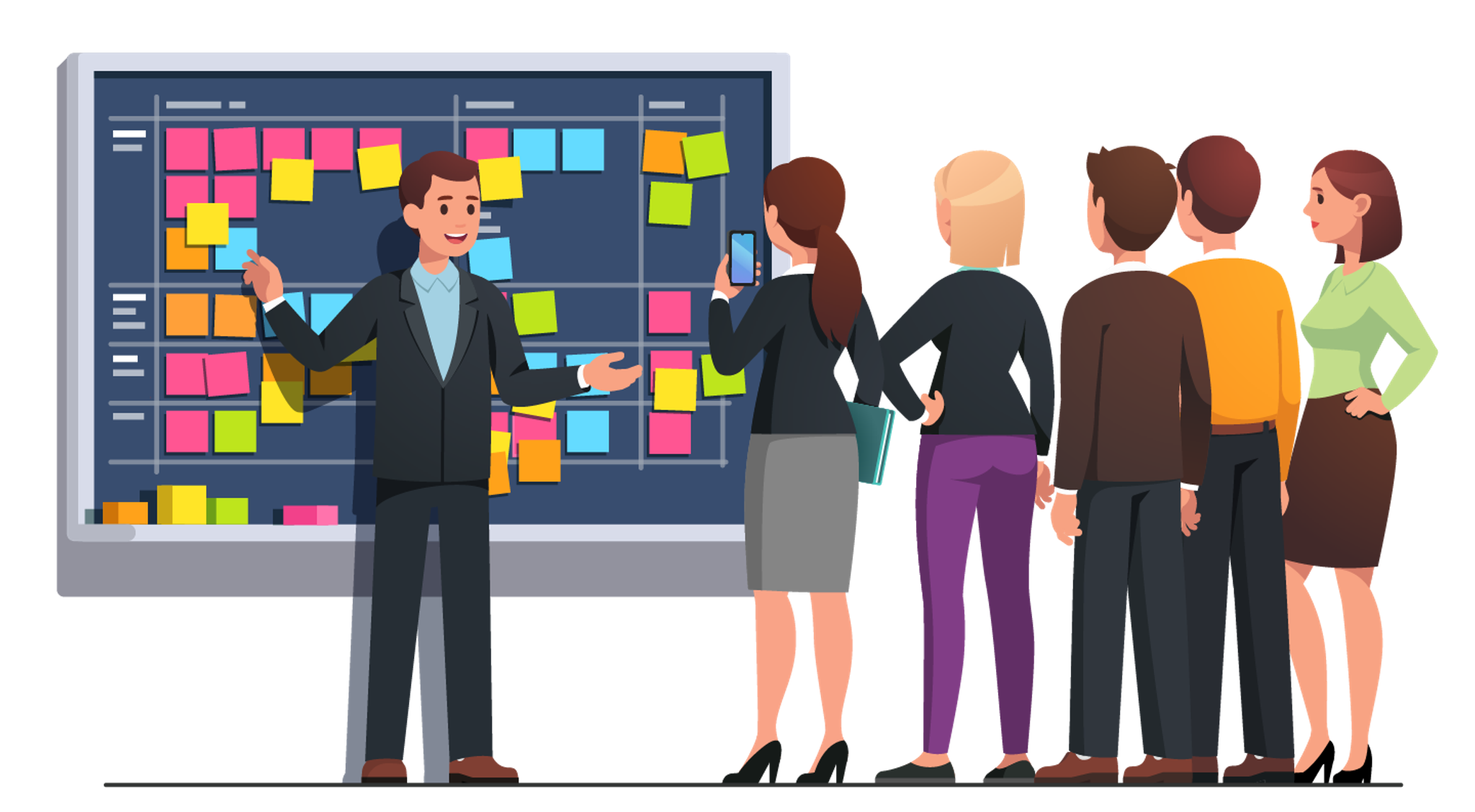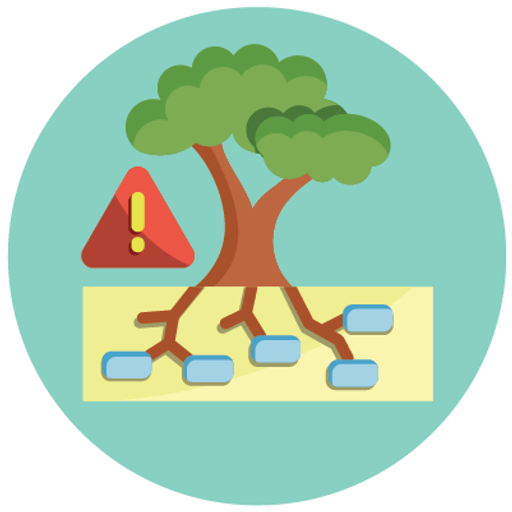
Lean Practices that Foster "Above the Line" Thinking
February 17, 2025Accountability isn’t about enforcement—it’s about presence. Leaders who consistently engage in problem-solving set the expectation that accountability is part of the culture.
When I first started teaching in the MBA program at Ohio State University, I found it difficult to receive end-of-semester feedback from students. If I had 95 good comments and five “thumbs-downs,” I would invariably be up all night, tossing and turning, thinking about those five thumbs-downs. Unfortunately, I wasn’t thinking, “What did the students say that I could improve upon?” I was telling myself, “They just didn’t get it.”
During one particularly challenging semester, I received life-changing feedback. It was clear and actionable, and the student provided a measure of transparency by giving me his name. He said, “Peg, sometimes you get defensive while teaching.” Thinking back on the class, I knew he was right. The fact that I knew and trusted him probably made it easier to accept the feedback. He wanted me to be a better instructor, and so did I.
You’re probably thinking that “life-changing” sounds a bit extreme, but over the course of my career, I have stopped to reflect on that feedback often. That one sentence—"Peg, sometimes you get defensive"— could have sent me into a spiral of self-doubt. Instead, it became a turning point. It forced me to look inward, to recognize the barriers I had around receiving feedback. It wasn’t just about teaching—it was about how I saw myself, how I responded to challenges, and how I grew as a person.
That moment of feedback didn’t just change how I taught—it changed how I led. It made me realize that accountability isn’t just an individual trait; it’s something shaped by the environment leaders create. If I wanted my teams to take ownership, I couldn’t just expect it—I had to foster it. That’s why, when one of our customers shared a presentation with me, this slide immediately stood out. It put into words what I had learned the hard way: the best organizations create systems that encourage people to work above the line.

I love this slide! “Do you want to be a person that works below or above the line?” Every organization wants associates who operate above the line—those who acknowledge reality, take ownership, and commit to solutions rather than making excuses or placing blame. But accountability isn’t just an individual choice; it’s influenced by the environment leaders create.
Talent management leaders often emphasize ‘hiring the right people,’ and while that’s important, we’ve all seen smart, capable employees slip below the line. So what causes that shift? More importantly, how do we, as leaders, build a system that keeps people above the line—where they take ownership, find solutions, and make things happen?
It starts with leadership.
As Leaders…
1. We need to show up
If leaders want teams to take accountability, they need to show up—not just in meetings, but where the work happens.
- Gemba Walks – Go to where the work is happening, stop and observe. Please notice that I didn’t say, “stop and ask questions that make associates defensive.” Tone matters. Ask, “What’s getting in your way?”
- Daily Huddles – Surfacing problems early allows associates and teams to acknowledge problems.
- Coaching – Guiding teams through structured problem-solving instead of just giving directives. I’m going to paraphrase John Shook here, but he said something like ‘if you give the answer to the associate you’re taking away their ability to think of a solution themselves.” You want people to work above the line, give them ownership in the problem-solving process.
Accountability isn’t about enforcement—it’s about presence. Leaders who consistently engage in problem-solving set the expectation that accountability is part of the culture.
2. We need to make accountability safe
Accountability shouldn’t feel like a trap. When teams believe that admitting problems will lead to naming, shaming or blaming, they stop speaking up. That’s when defects, delays, and inefficiencies pile up.
- Frame problems as learning opportunities, not failures.
- Model accountability—leaders should admit their own mistakes.
- Respond with curiosity, not criticism.
Reinforce that owning problems is a responsibility, not a risk. If employees fear retribution, accountability breaks down.
3. We need to make problems visible (without blame)
Traditional organizations bury problems—Lean organizations shine a spotlight on them. When waste, defects, and inefficiencies are out in the open, they can be tackled before they spiral into bigger issues.
- Encourage teams to surface issues early. My good friend, Ellis New, said repeatedly do you want to catch an alligator when it’s 6 inches or 6 feet?
- Use visual management tools to track problems.
- Focus on process failures, not people failures.
But visibility alone won’t drive accountability. Once problems are out in the open, teams need the capability and confidence to tackle them head-on.
4. Empower teams to solve problems
People won’t take ownership if they aren’t equipped to solve problems. The best Lean organizations give employees the training, tools, and authority to improve processes themselves—without waiting for leadership approval.
- Provide structured problem-solving frameworks (DMAIC, A3 Thinking, PDCA, 8D).
- Train employees in root cause analysis instead of relying on quick fixes.
- Give teams autonomy to test and implement countermeasures.
Accountability is meaningless without empowerment. Give people the tools and authority to fix what’s broken.
5. Remove barriers to action
Even the most engaged employees will hesitate if they feel unsupported. Leaders need to create clear, structured escalation paths so that when employees hit a roadblock, they know where to go—and trust that the problem will be addressed.
- Define clear escalation paths for when issues arise.
- Ensure cross-functional collaboration to avoid bottlenecks.
- Follow through on escalated issues—track and close the loop.
People stop taking accountability when they think “Nothing will change.” Make sure that problems get resolved—and that employees see the impact.
6. Recognize & reinforce champion behaviors
People do more of what’s recognized and rewarded. If accountability only gets mentioned when things go wrong, employees will associate it with punishment instead of progress.
- Celebrate problem-solvers, not just perfect outcomes.
- Acknowledge teams that take initiative and experiment.
- Reinforce that learning from failures is part of continuous improvement.
Accountability should feel rewarding, not risky. Publicly celebrating problem-solving encourages teams to take ownership.
Final Thoughts: Respect & Accountability Go Hand-in-Hand
Respect for People isn’t just about being nice—it’s about creating an environment where employees feel safe taking ownership and are empowered to solve problems.
Leaders reinforce accountability through their actions, not just their words by:
- Engaging daily with teams through Leader Standard Work
- Creating psychological safety so problems are surfaced early
- Making issues visible and focusing on fixing processes, not blaming people
- Empowering employees to take action
- Removing barriers to execution with structured escalation paths
- Recognizing and rewarding problem-solving
Want your team to take more accountability? Start by asking yourself: Do they feel safe? Do they have the tools? Do they trust that action will be taken? If not, that’s the real problem to solve.

President • MoreSteam
Peg Pennington joined MoreSteam's executive team in 2018 and today leads all company operations as President. Previously, Peg was the Executive Director of the Center for Operational Excellence at The Ohio State University, where she helped shape the Master of Business Operational Excellence ('MBOE') program and strengthen standards for Lean Six Sigma certification. She serves on the board of directors for the Lean Enterprise Institute (LEI). A recognized voice in operational excellence, Peg speaks at over a dozen national conferences each year and leads product workshops.
Before joining MoreSteam, Peg was the Executive Director of the Center for Operational Excellence at The Ohio State University. Peg holds a bachelor’s degree in finance from Michigan State University and an MBA from the University of Dayton.






